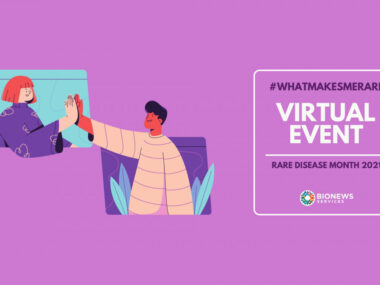Telehealth Visits Viewed Favorably in French Study for Children With Epilepsy
Written by |

Telehealth visits — conferencing with patients via video or phone calls — are generally viewed favorably by both the treating physicians and the parents of children with epileptic conditions like Lennox-Gastaut syndrome (LGS), a French study reports.
The study, “Usefulness, limitations, and parental opinion about teleconsultation for rare pediatric epilepsies,” was published in Epilepsy & Behavior.
The management of LGS and other seizure-causing diseases is complex. Providing appropriate care typically requires personalized treatment, which necessitates discussions between patients, their families, and their healthcare providers. Treating pediatric patients who may have cognitive impairments can make doctor visits more challenging.
The COVID-19 pandemic and its related social distancing precautions have caused many healthcare institutions to switch from in-person hospital or office visits to using telehealth conferences.
In the new study, a team of French healthcare providers reported on their experiences implementing telehealth visits for pediatric epilepsy patients at their institution in March and April of 2020, toward the beginning of the pandemic. Although telehealth appointments have been allowed and reimbursed in France since 2018, this institution — the rare pediatric epilepsy
center at the Hôpital Robert Debré, in Paris — did not start such appointments until COVID-19 made it necessary.
For each of 151 telehealth visits, the child neurologist who conducted the appointment answered a survey that asked various questions about the experience. About two-thirds of the appointments were done via video call; the rest were done over the phone.
Of the 151 appointments with 145 patients, seven included children with LGS; the rest were children with other epileptic conditions. The mean patient age was 8.7 years.
In nearly all (94%) of the visits, the physician reported feeling that he or she had adequately addressed the patient’s needs. Nearly all of the children scheduled a follow-up visit, and the physician reported feeling confident about doing a new telehealth appointment about 75% of the time.
The physicians noted some areas where they would have preferred to have in-person appointments, such as wanting to measure patients’ weight, motor function, or behavior. The desire for these additional assessments was generally more common for younger patients.
For 105 visits, the patients’ parents also answered a survey with similar questions. Nearly all (99%) of responding parents said they were satisfied with the telehealth appointment.
“However, half of them would prefer a clinic for the next appointment,” the researchers wrote.
“Only 44.6% felt that [telehealth conferences] could replace clinic on site of the hospital,” they wrote.
The parents did report some benefits, with 98% saying that not having to go to the hospital for the appointment saved them time. In addition, 59% reported that visits by telehealth let them avoid the challenges of getting a child with a disability to the hospital for an appointment.
Saved time and convenience also were frequently mentioned in the free-response portions of the parent survey. About half of parents noted the absence of physical examinations that would have required in-person visits, whereas about a third did not report any negative comments.
“In our evaluation, we quoted that we mostly answered the patient needs even if we pointed out some missing key points as compared to a clinic on site,” the researchers concluded. “The parents that answered the questionnaire felt that a [telehealth visit] provides similar assistance than a clinic on site.”
Broadly, the researchers said that telehealth showed benefits in the context of the pandemic, and that these benefits also may extend beyond the pandemic. They also noted that further refinement of how best to conduct telehealth appointments — such as developing methods to remotely conduct assessments normally done in-person — could further improve the utility of telehealth.
“It is most likely that this [telehealth] would become a significant part of our clinical activities in future,” the researchers wrote. “Further studies are needed to evaluate the impact on the quality of life and the quality of care of the use of [telehealth], in particular repeated [telehealth visits], for rare pediatric epilepsy patients.”
The researchers noted that this study was conducted as a single institution, which may limit the generalizability of the results. They also acknowledged the possibility that families who were unhappy with telehealth may have elected not to complete the survey.


